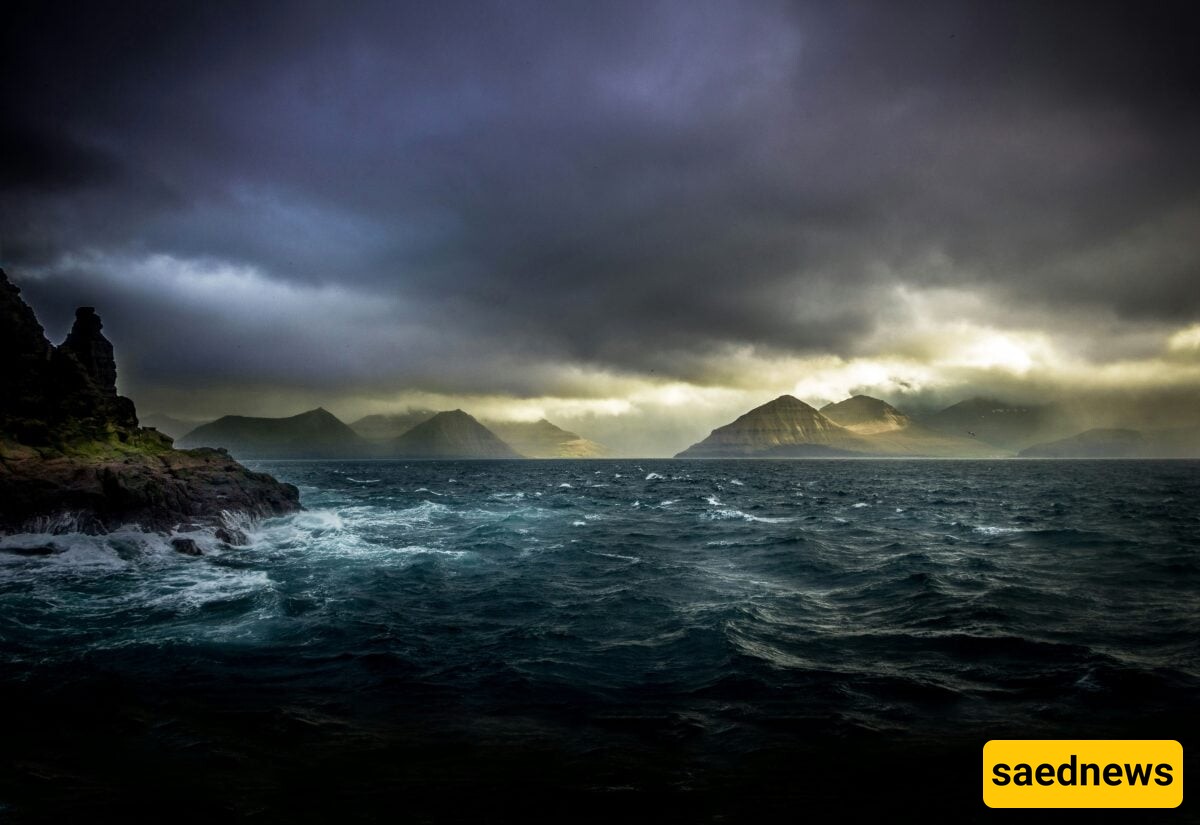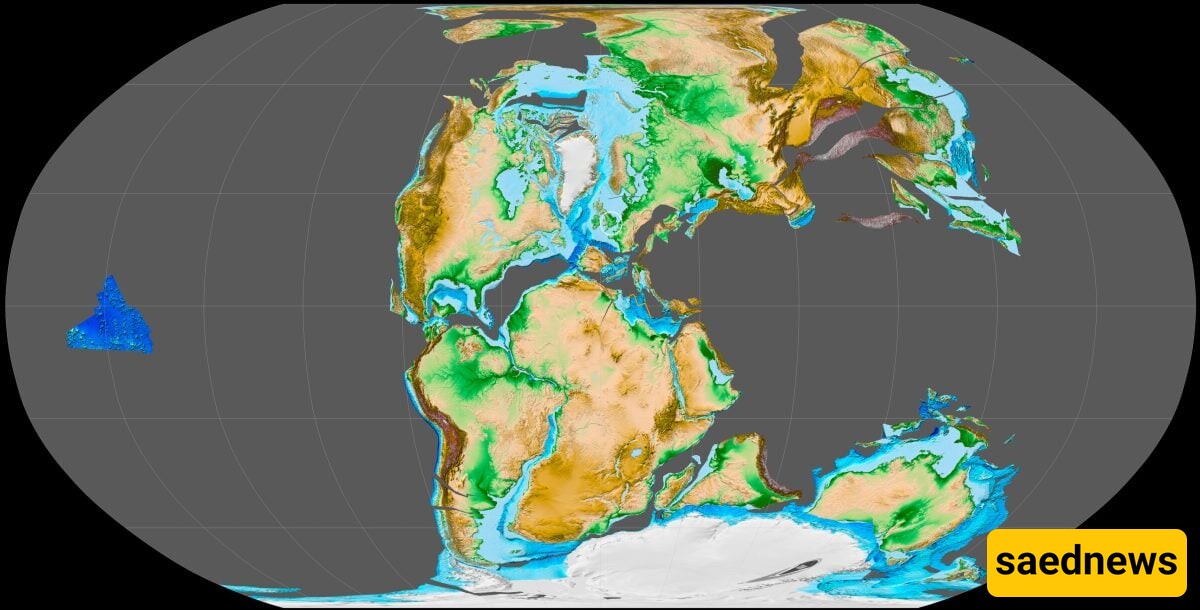SAEDNEWS: Study reveals how geological forces during the Mesozoic era triggered major biological upheavals, including mass extinctions of marine species, providing insights into modern environmental challenges.

According to SAEDNEWS, Nature can often feel like a delicate balance, where every event—big or small—shapes the ecosystems we know today. A fascinating recent study published in the journal Nature Geoscience highlights how geological forces can drastically impact marine life, leading to significant upheavals such as mass extinctions of marine species.
This revelation comes from a collaborative effort involving several prestigious universities, led by Professor Tom Gernon from the University of Southampton.
Professor Gernon describes oceanic anoxic events (OAE) as significant disruptions that act like a "reset button" on the planet's ecosystems. These events can wipe out vast numbers of marine species, altering the course of evolutionary history. The study’s researchers aimed to uncover the geological forces that figuratively pressed this reset button during the Mesozoic era, particularly focusing on two periods: the Jurassic and Cretaceous.

The Mesozoic era, often referred to as the "Age of Dinosaurs," is a vibrant chapter in Earth’s history. This period is extensively exposed in areas like the Jurassic Coast of southern England, where visitors can see fossilized remains and geological formations from the time when dinosaurs roamed the Earth. Understanding what happened during this era can lend powerful insights into the planet's past and present.
One of the primary catalysts that the researchers examined was the breakup of the supercontinent Gondwana. This massive landmass once housed various ecosystems and animal species, including the dinosaurs. As Gondwana broke apart, tectonic movements led to intense volcanic activity worldwide. The study explored how these geological shifts released large amounts of phosphorus—an essential nutrient for marine life—into the oceans.
Professor Gernon explains, “As tectonic plates shifted and new seafloors formed, they released phosphorus from weathered volcanic rocks into the ocean.” This influx of nutrients can lead to a bloom of marine life but can also severely disrupt ecological balances, resulting in what we now recognize as mass extinctions.
Interestingly, these extinction events are not just historical artifacts; they have lasting impacts today. The rocks that formed from the organic matter during these anoxic events constitute some of the largest sources of oil and gas reserves globally. This connection between ancient biological upheavals and modern resource extraction highlights an ongoing narrative of how Earth's history continues to shape our current world.
Beyond understanding past events, the study's findings have vital implications for contemporary environmental challenges. Current human activities are leading to a decrease in oceanic oxygen levels—by about 2%—causing an expansion of anoxic water masses. This situation echoes the patterns observed during the Mesozoic era, indicating that nutrient overloads can have devastating effects on marine ecosystems.
“Studying geological events offers valuable insights that can help us grasp how the Earth may respond to future climatic and environmental stresses,” Professor Gernon adds. By examining the interplay between geological forces and marine life, we can better prepare for the challenges our oceans face due to climate change and human interference.
The research emphasizes a stronger-than-expected connection between the Earth’s interior dynamics and the environments on its surface. When tectonic upheavals occur, they do not just change landscapes; they fundamentally alter the conditions for biological life. “Tearing continents apart can have profound repercussions for the course of evolution,” says Professor Gernon.
Understanding these connections is crucial as we grapple with the consequences of our actions on the planet today. Our oceans are increasingly facing threats, and knowing how geological and environmental factors intersect can offer guidance on conserving marine ecosystems. Acknowledging the past can inform our efforts to protect our planet’s future.
The Earth is a complex system where changes in one area can send ripples across environments and ecosystems worldwide. As our understanding deepens through studies like this one, we become better equipped to address the challenges we currently face and protect the delicate balance of life in our oceans. After all, the lessons learned from our planet’s history are not just stories of the past; they are blueprints for our future.

